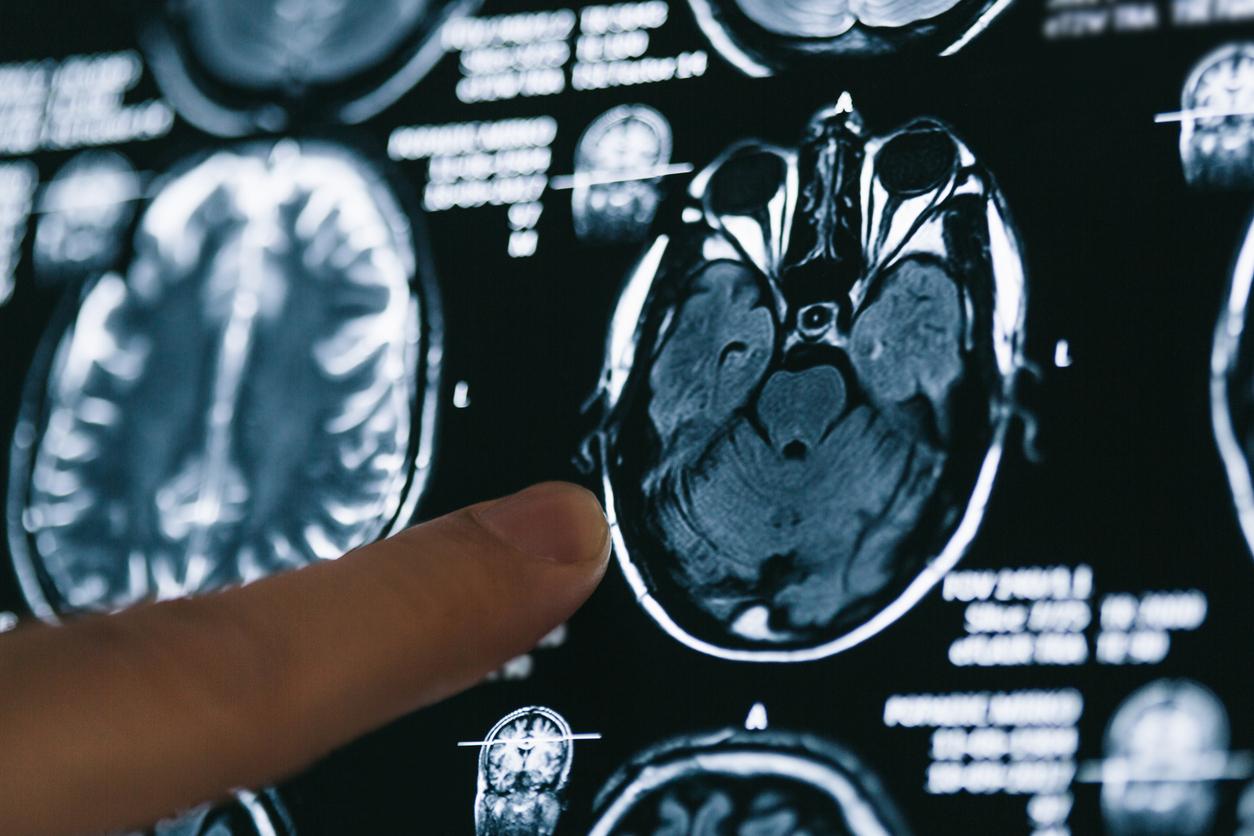American researchers have studied the proteins that partly regulate the communication mechanism of cells. After listing all the different categories of active proteins and their roles, they believe they have discovered the reason why people can sometimes react differently to the same drug.

- American researchers have analyzed from every angle the RGS protein which inhibits the “G protein” messengers in a part of the information transmission mechanism inside the cells.
- They discovered that these RGS proteins had different roles between them but that they could also vary from one person to another.
- They think that some of these genetic variations can disrupt their proper functioning, thus causing illnesses or reacting badly to a drug.
Why don’t we all react the same way when taking the same medicine? Icientists at the Scripps Research Institute (California, United States) think they have partially solved this mystery by dissecting part of the communication mechanism of cells. In a study published on 1er october in the magazine Cell, they mapped comprehensively how RGS proteins (regulatory protein G) act on a family of cell surface receptors called the G protein-coupled receptor (GPCR) which processes information and then dictates how the cell should behave. These researchers conclude that it is probably the diversity of these RGS proteins, discovered about 25 years ago, which could explain the different reactions to stimulation of the same receptor.
An important advance for medicine since more than a third of the drugs marketed in the United States act on these GPCRs. These receptors control hundreds of important functions on cells throughout the body and are implicated in many diseases such as heart problems, vision problems or mood disorders. “Before you can fix things, you need to know how they’re broken and how they normally work, and in this study, that’s basically what we did for these important regulatory proteins.explains Professor Kirill Martemyanov, lead author of the study and chairman of the department of neuroscience at the campus of the Scripps Research Institute in Florida.
Minute variations of RGS and G proteins
When these GPCRs are stimulated by hormones or neurotransmitters, they activate signal-carrying proteins called “G proteins”. These then trigger signaling cascades in their host cells. However, the RGS proteins studied and mapped by American researchers inhibit these small messengers and prevent this signaling cascade. This brief communicational silence allows the cells to “reinitialize” in order to accept new orders. A short break that avoids cell overheating. “Earlier in my career, I studied the loss of these RGSs in light-sensing cells in the retinaremembers Kirill Martemyanov. Patients born with this condition cannot stop perceiving light, even when entering a dark room, nor can they follow moving objects well because they lack the normal visual refresh rate. Imagine how devastating this loss of RGS can be in heart or brain cells where timing is so important.”
Some RGS proteins have been studied before, however in this new study, Kirill Martemyanov and his team painstakingly analyzed all 20 different known RGS proteins in human cells. In particular, they looked at how each recognizes and precisely regulates their G protein interlocutors. Mechanically, this work has enabled the researchers to list the way in which GPCR signals are disseminated in cells. “This fine recognition of the different categories of G proteins appears to be carried out by a few elements of each RGS protein, elements organized according to a model resembling a barcode”explains Ikuo Masuho, first author of the study and doctoral student in the laboratory of Professor Kirill Martemyanov.
Gene mutations
However, if the RGS proteins vary between them to activate different G proteins, it also happens that the RGS proteins of the same category differ from one person to another. It is this surprising discovery that the researchers made by analyzing the genome of more than 100,000 people. These mutations may relate to these “barcode” regions” and thus disturb this fine recognition necessary for the inhibition of the good G protein. This genetic disturbance can lead the RGS proteins not to act when they should or even to select by mistake another G protein. They were thus able to identify the RGS16 mutation linked to insomnia that can no longer recognize the correct G protein.”It is clear that genetic variation in RGS barcode regions has the potential to disrupt the cell’s normal GPCR signaling, possibly even causing disease or creating subtle differences.“, explains Kirill Martemyanov. For example, it may help explain why different people treated with the same GPCR-targeting drug often differ dramatically in their responses.”
Kirill Martemyanov and his team also discovered that these mutations in the barcode regions of RGS proteins but also G proteins are constantly changing. Thus, by analyzing the genome of different species, they roughly reconstructed “ancestral” RGS proteins. From these findings, they devised the principles for building a “model” RGS protein that can regulate a desired set of G proteins. These same principles could guide the development of drugs targeting RGS proteins for therapeutic purposes.
.

















